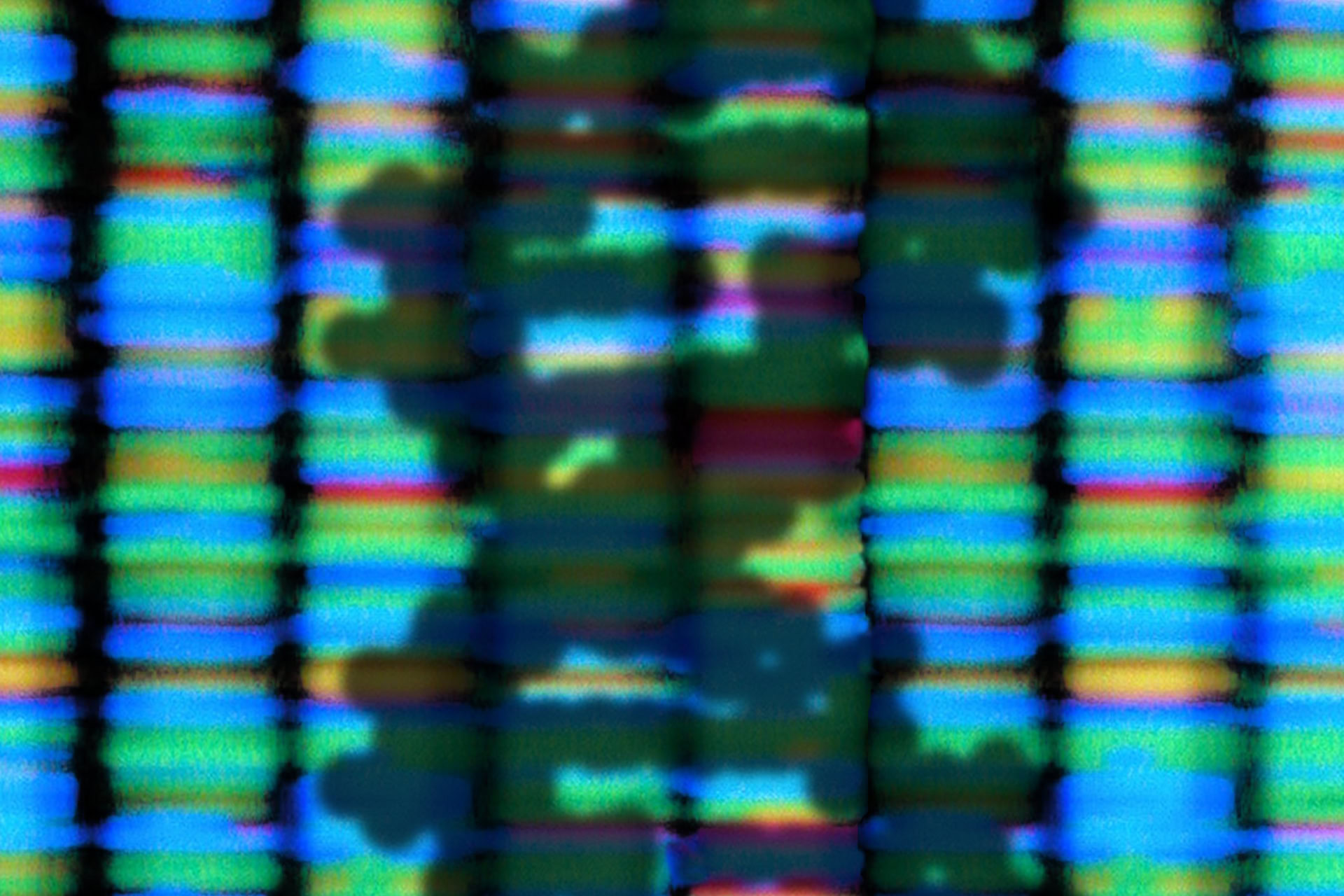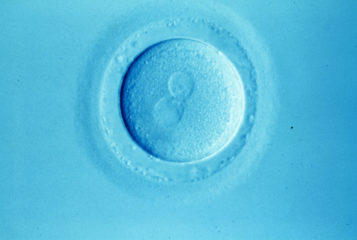In a study published last week it was revealed that tumours release small sacs of genetic material that can be used to identify a tumour's exact type and which mutations it possesses. The study, produced by scientists at Massachusetts General Hospital in Boston and published in the journal Nature Cell Biology, may lead to a reduced reliance on technically difficult and risky biopsies, utilising a simple blood test to identify tumours.
The discovery goes beyond merely identifying the type of cancer, however, as the sacs of material (known as exosomes) are not just a by-product of the tumour but are also involved in the active proliferation of the tumour. The exosomes transmit instructions to other cells that control the way those cells behave. For example, the exosomes might stimulate additional blood vessel growth, so as to provide the cancer with more nutrients and thus making its growth more aggressive. It was not previously known that cancer had such a communication mechanism, and this discovery may lead to explanations for differential growth rates between different forms of tumour.
Existing blood test techniques for detecting cancers are based on interpreting levels of other chemicals within the blood (such as the prostate specific antigen "PSA" test for prostate cancer). The blood test was also found to be even more effective than analysis of surgically sourced biopsy material. In the study it detected specific mutations in two patients out of twenty-five that had been missed using traditional biopsies. Additionally, it allows clinicians to test for cancer before the tumour is even of a size detectable by X-ray or MRI (magnetic resonance imaging).
In an interview with Reuters, Xandra Breakefield of Massachusetts General Hospital in Boston said that the results were important as "We didn't realise [tumours] had this external means of communicating with their surroundings". Lab-mate Johan Skog noted "It's a form of cell communication that normal cells use but tumour cells use with a vengeance".
In the short term this technology, already licensed to Exosome Diagnostics Inc., has the possibility of detecting and specifying tumours earlier, with greater accuracy and in a less invasive manner. However, in the long term, with greater understanding of the mechanisms at work, it may be possible to use this discovery to create alternative exosomes that will interrupt this messaging system and potentially slow tumour growth.




Leave a Reply
You must be logged in to post a comment.